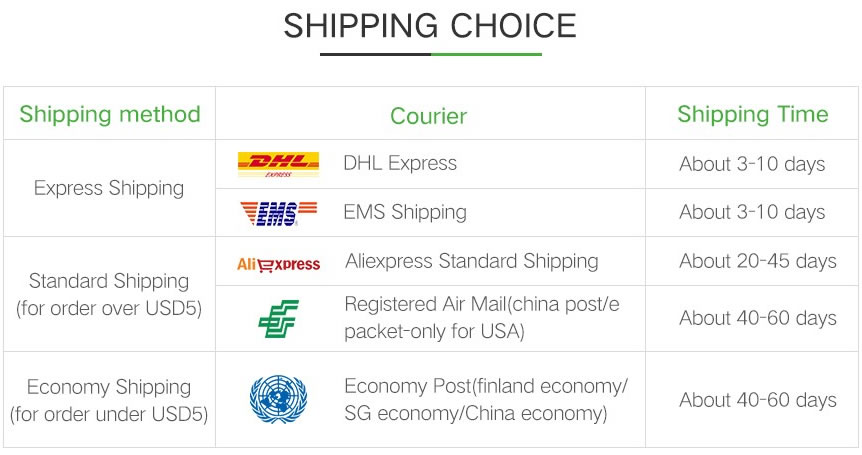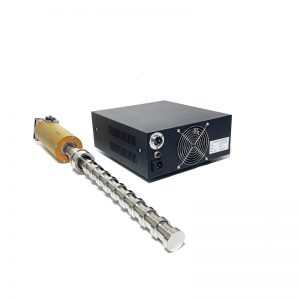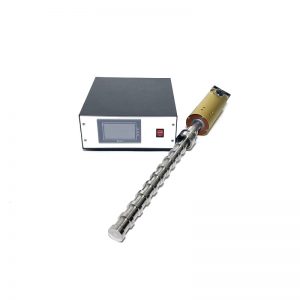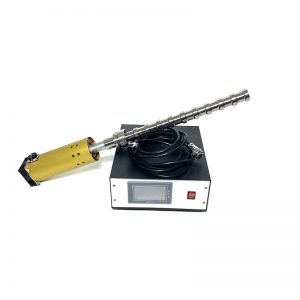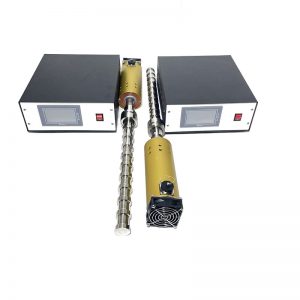 Ultrasonic waves in oil and water mainly utilize their cavitation effect, which will generate four additional effects during the oil sand cleaning process: turbulence effect, perturbation effect, energy accumulation effect, and interface effect. These four effects can, on the one hand, reduce the thickness of oil sand oil and accelerate the liquid-solid mass transfer process of the entire oil sand cleaning system; On the other hand, due to the strong turbulence of the cleaning solution caused by ultrasound, many vortices are generated, which increases the stirring effect. As a result, the oil on the surface of the oil sand is impacted by sound pressure and liquid micro jet, causing internal collapse and rapid detachment, emulsification, and separation of the oil and sand from the bottom.
Ultrasonic waves in oil and water mainly utilize their cavitation effect, which will generate four additional effects during the oil sand cleaning process: turbulence effect, perturbation effect, energy accumulation effect, and interface effect. These four effects can, on the one hand, reduce the thickness of oil sand oil and accelerate the liquid-solid mass transfer process of the entire oil sand cleaning system; On the other hand, due to the strong turbulence of the cleaning solution caused by ultrasound, many vortices are generated, which increases the stirring effect. As a result, the oil on the surface of the oil sand is impacted by sound pressure and liquid micro jet, causing internal collapse and rapid detachment, emulsification, and separation of the oil and sand from the bottom.
|
Tubular Equipment
Type
|
Tubular Transducer
Type
|
Frequency
(KHz)
|
Ultrasound
Output(W)
|
Total Length
(mm)
|
Diameter
(mm)
|
Static Capacity
(pF±10%)
|
|
PU-UE1
|
US-61
|
15-28
|
1000
|
500
|
Φ50-55
|
68000
|
|
PU-UE5
|
US-25
|
15-28
|
1500
|
850
|
Φ50-55
|
68000
|
|
PU-UE6
|
US-16
|
15-28
|
2000
|
1100
|
Φ50-55
|
132000
|
 Ultrasonic Transducer,Ultrasonic Generator,Ultrasonic Cleaner -SKSONIC
Ultrasonic Transducer,Ultrasonic Generator,Ultrasonic Cleaner -SKSONIC
